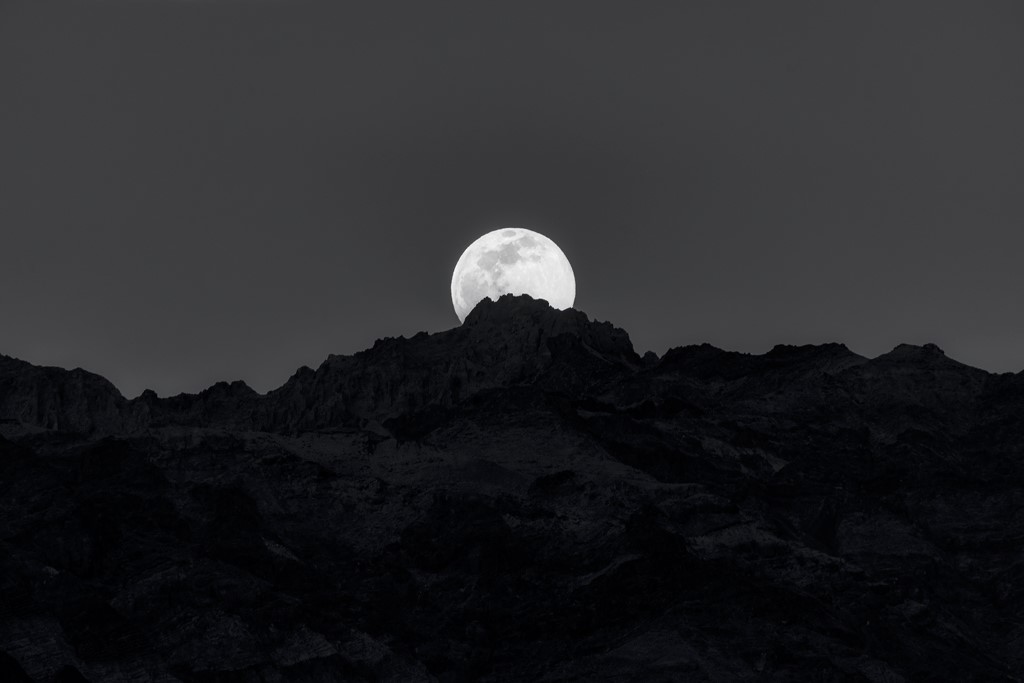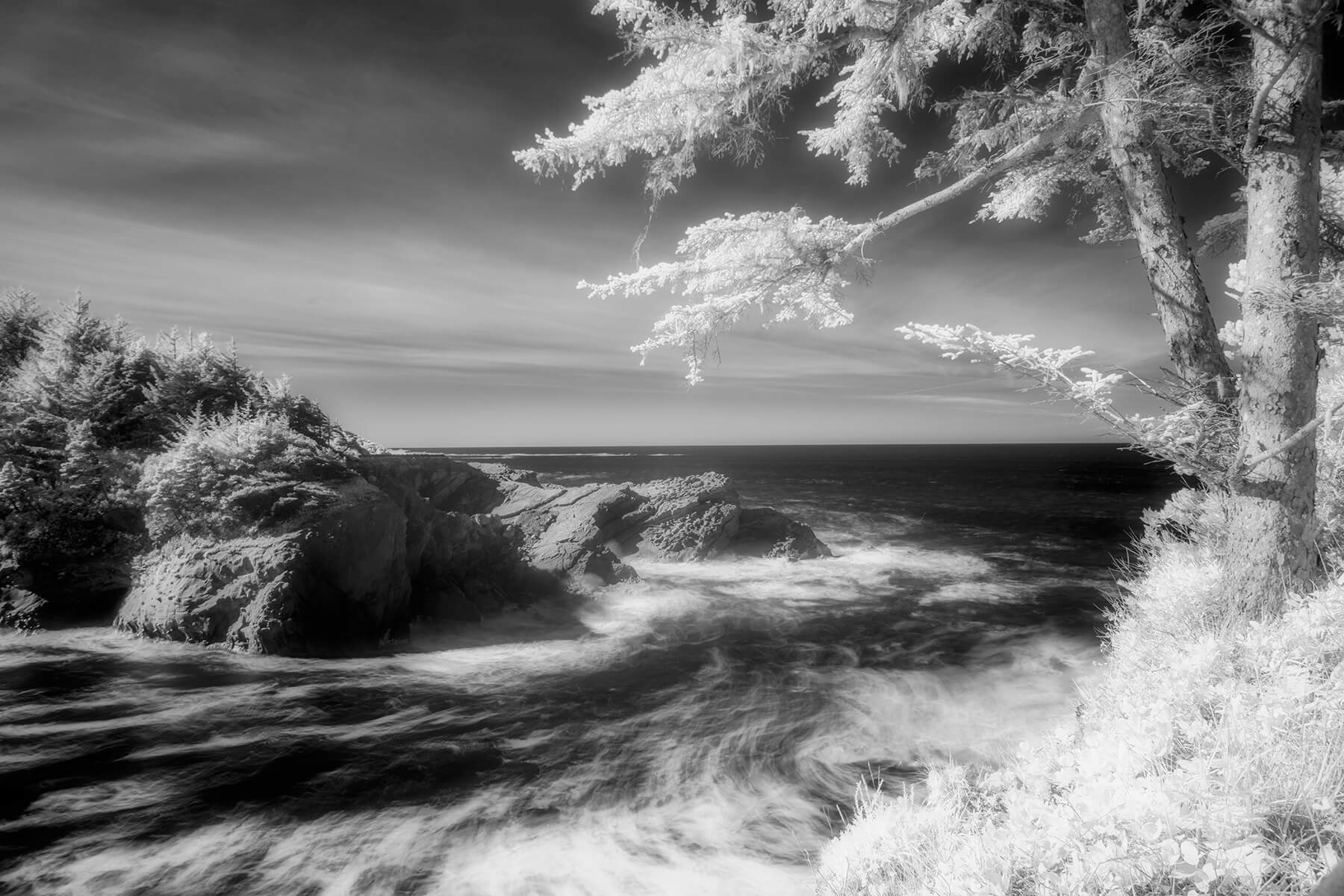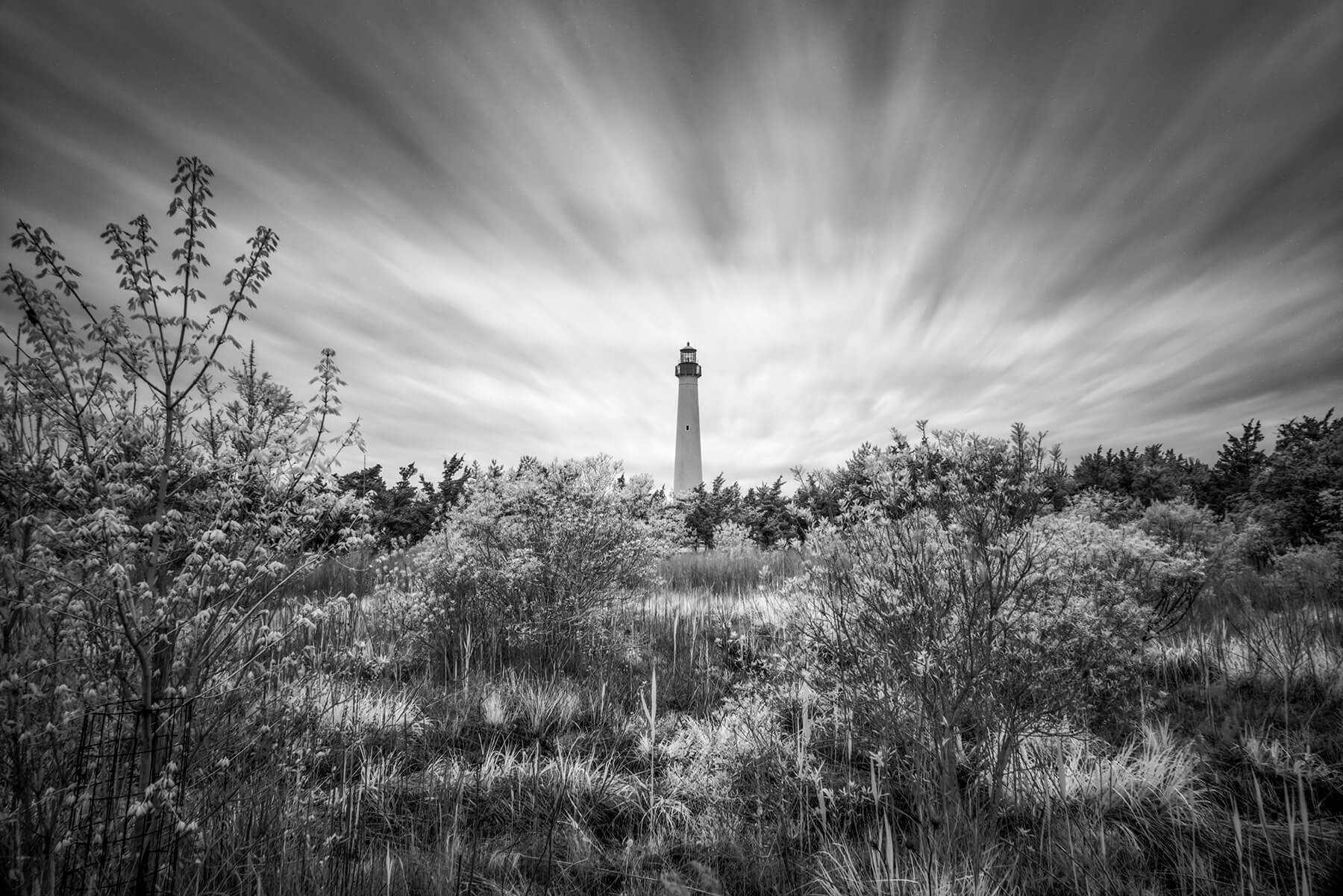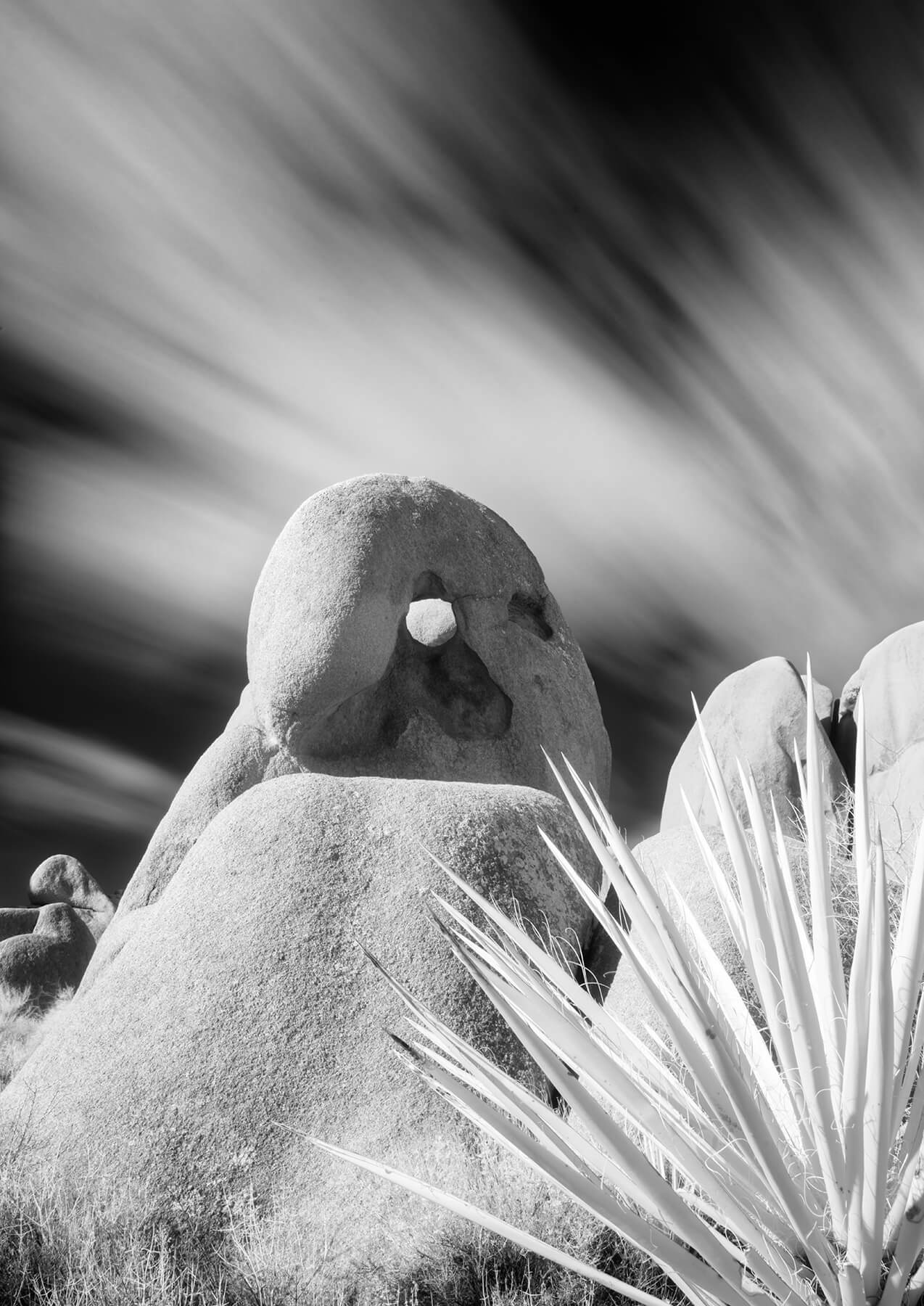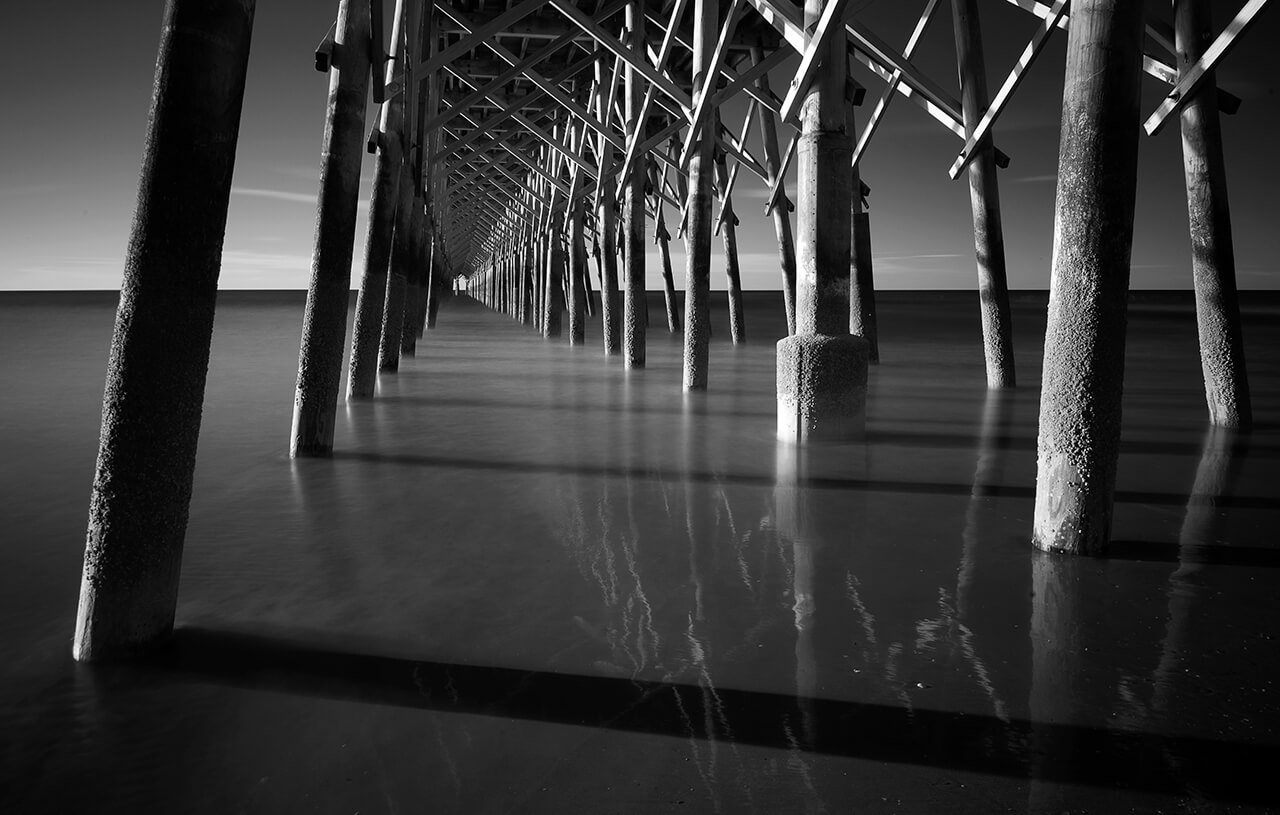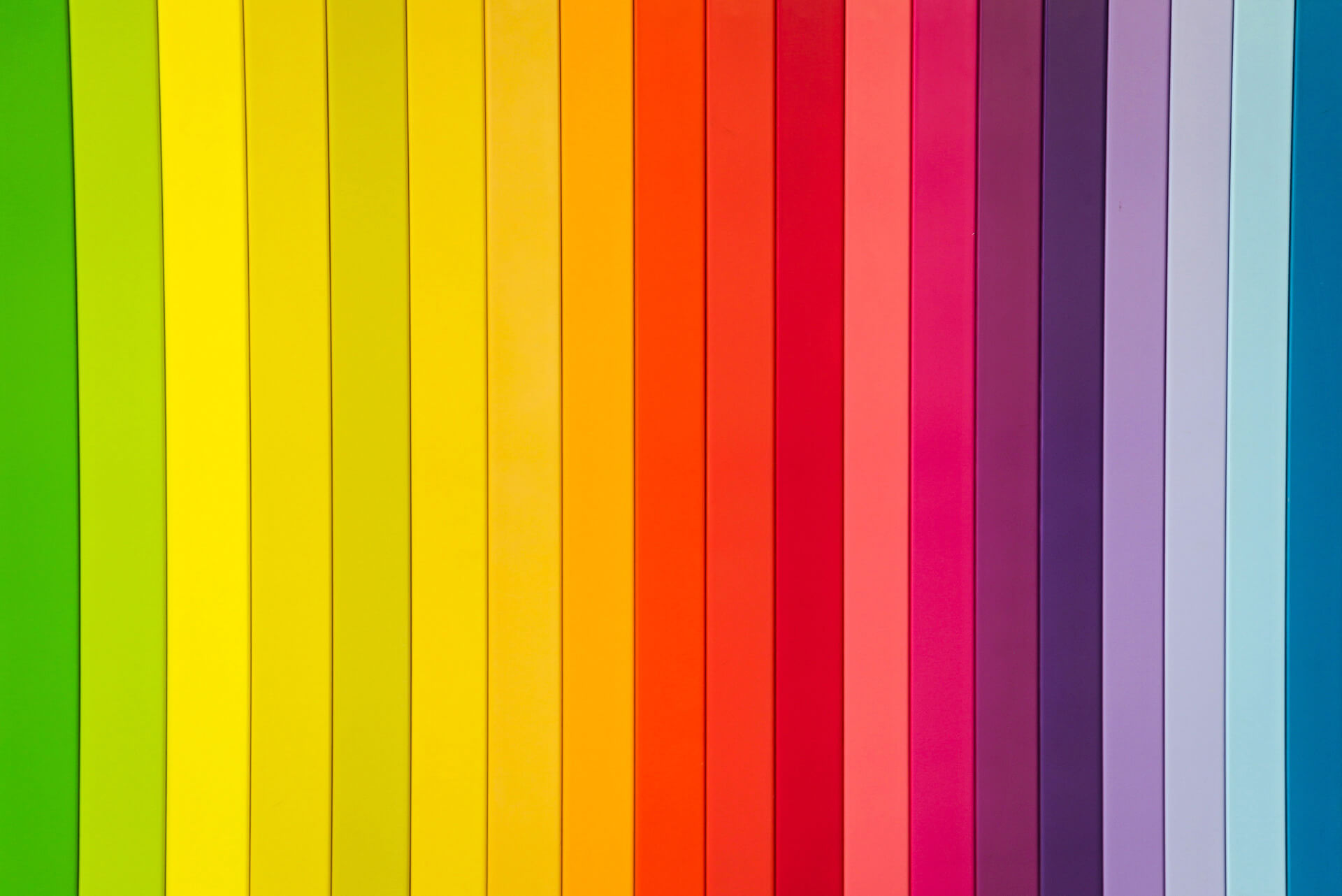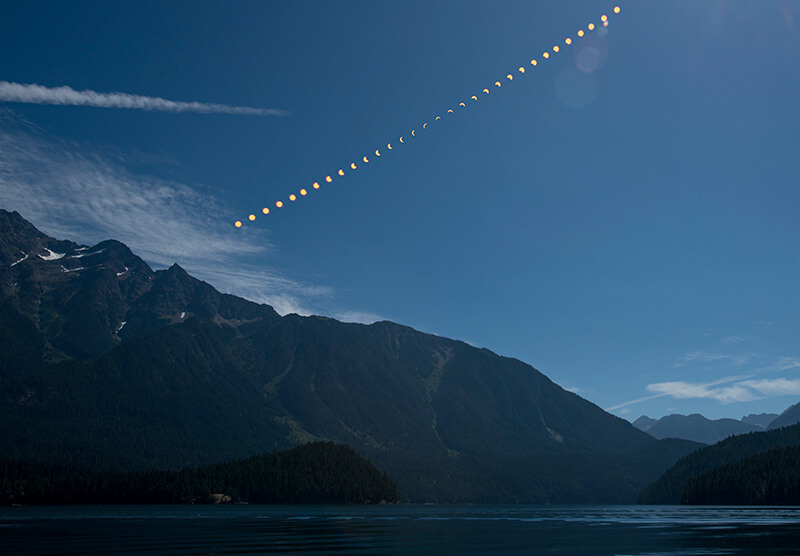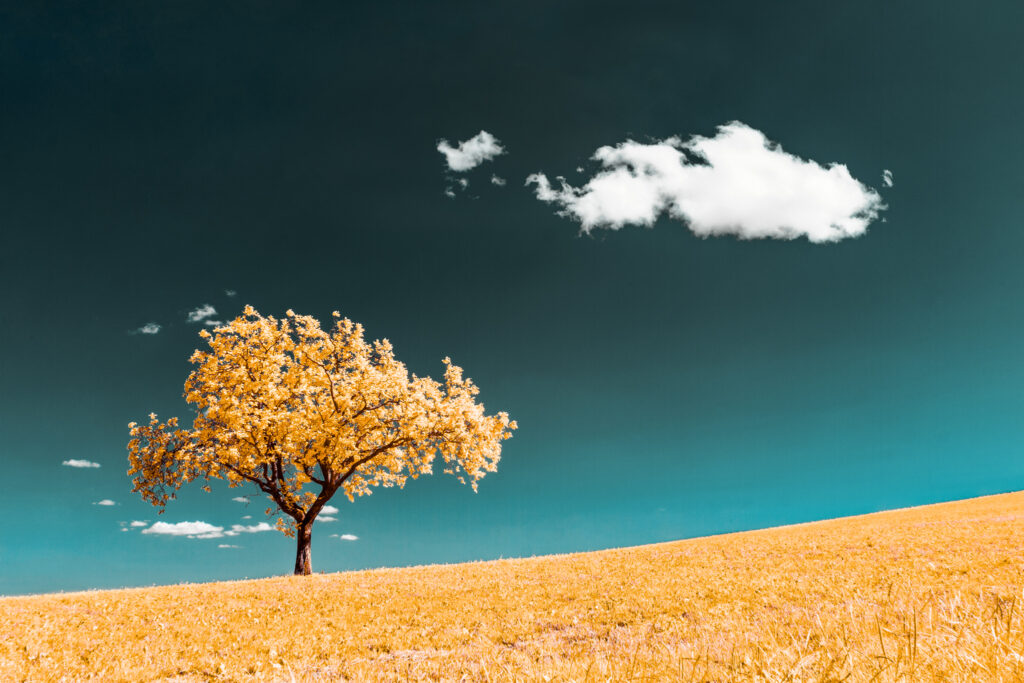Most of us who are landscape photographers have used long exposures to provide a creative opportunity. One of the best ways to create a long exposure is by using a neutral density (ND) filter on your lens. While advanced processing software has changed the need to carry many types of filters into the field for special effects, I still love the process of creating the motion blur effect of water, clouds, or people in camera by using a longer exposure time.
I find that long exposure landscape photography can bring calm to an otherwise chaotic scene. Violent ocean waves magically flatten and look like a pond when photographed using a shutter speed of 30 seconds or more. Clouds can take on a painterly look.
A neutral density filter reduces the amount of light entering the lens so that you can make a longer exposure in harsh light conditions without giving a color cast to the image (hence the “neutral” part). Those ND filters with a blue, red, or pink color cast are not truly neutral! Genuine neutral density filters should not add a color cast to your images.
Sometimes you can get the same effect (stretched clouds or flat ocean water) without a neutral density filter. In low-light conditions (before sunrise/after sunset), a longer exposure time (or higher ISO) is needed to get a well-metered scene, and the result might be smoother water or diffused clouds. The image below was made on a Nikon D850 converted to 720nm (16-35mm f4, 22mm focal length) at ISO 64 and f/13. The low ISO (ISO 64) and small aperture (f/13) allowed for a 4-second exposure to get the effect I wanted of the waves pushing into the tiny cove. In this case, I did not use an ND filter.
When the sun is above the horizon, you might want to flatten out the ocean waves or get soft water falling. Strong light makes it impossible to get the ISO low and shutter speed slow enough to create the effect you’re after. This is the time to use an ND filter. By evenly blocking the light entering the lens, you can use a slower shutter speed to render softer water or stretch the clouds.
Gear
ND filters are available in different strengths. Most available today are designed for use in visible light (color). Know that visible light ND filters work well on infrared-converted cameras, as long as you understand that they will not necessarily work at the stop-value indicated on the filter. From my experience, my visible light ND filters are weaker on my infrared camera bodies. For example, my visible light 10-stop filter works on my IR cameras at about 75% strength or 7.5 stops, but each filter manufacturer has a different design recipe. My visible light 15-stop filter works at approximately 10-stops. Note: Kolari Vision offers a line of duo-light ND lens filters that work at equal stop values in visible or infrared light.
Shooting Tips
What dictates the ND filter strength I chose to use? First, it is always a creative choice. The wind conditions, wave activity, amount of available light, and how long I want the exposure to be dictate the ND filter strength I choose to use. Do I have a lot of light (at the beach on a cloudless day) or not so much light (stream bed in the shade of a gorge)? What do I want the clouds or water to look like? The longer the exposure time, the flatter the water or the more stretched out the clouds will be. I enjoy experimenting with exposure times and ND strengths to achieve the desired look.
I never recommend shooting a waterfall in bright sunlight without an ND filter. The falling water can quickly become very “hot” or overexposed, even if you are trying to freeze the action. Try shooting waterfalls on an overcast day when the light is diffused.
Remember laying on your back in the grass as a kid, watching the clouds drift across the sky? Before setting up your shot, take a minute to watch the clouds and what the upper-level winds are doing to them. Are they moving fast or slow? This will help you determine the direction in which the clouds will stretch.
Wind coming straight in your face and clouds moving towards you? A longer exposure will make the clouds appear in a v-shape. Below is a 6-minute exposure of slow-moving clouds taken with a 10-stop visible-light ND filter. I experimented with exposure times ranging from one to six minutes until I got the look I wanted.
Wind coming from your left or right? The clouds might be stretched as straight lines across your image or appear as diagonal lines. Long exposures of clouds can act as compositional elements in your photo. Below, very fast-moving clouds as a storm pulls out – so fast, I could only get one shot off. 30-second exposure taken with a 10-stop visible light ND lens filter.
The rolling waves of the ocean become perfectly flat with an exposure time of two or more minutes. Below is a two-minute exposure of the old Folly Beach Pier in South Carolina at sunrise. Note the reflections of the pier in the constantly moving Atlantic Ocean!
Bottom line, as a landscape shooter, ND filters give you another tool in your bag for unique and unusual shots. No two long exposure images are the same. Go out, experiment, and have fun!
Penelope Taylor
Penelope Taylor is a New Jersey-based photographic landscape artist. Her father introduced her to film cameras in her early teens. Her passion is traveling throughout the United States and Canada to capture her favorite subject — landscapes. In 2015, she began to exclusively produce work using Nikon digital cameras converted for infrared photography. In 2017, Penelope began to offer infrared-specific landscape photo workshops where she teaches capture and black-and-white processing techniques. She is available for group lectures and one-on-one instruction in person or online.
